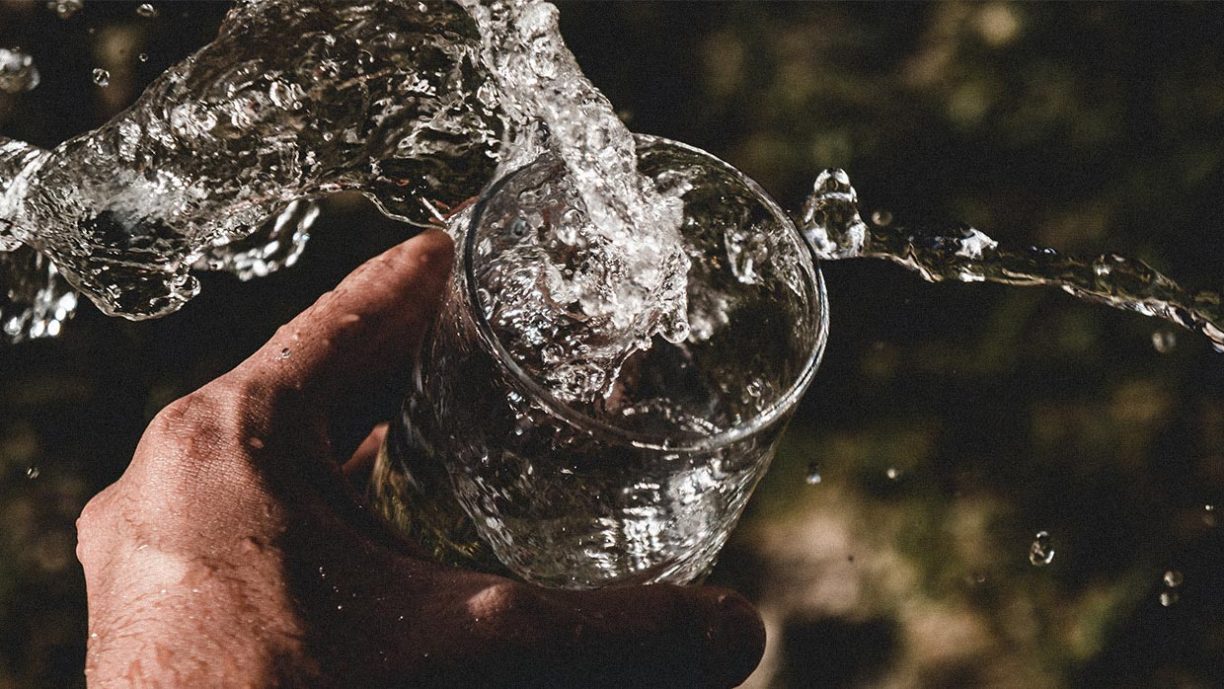Recovery—because just doing the workout isn’t enough. Alright, maybe that’s not entirely true, but putting a little effort into recovery can in the short term help set you up for your next workout and in the long term help prevent injury.
Let’s talk about some common tools to help maximize your recovery game.
1. Sleep
This one is easy to overlook, but sleep is your body’s #1 tool for recovery. During sleep, your body releases hormones key to recovery. Your sleep quality also affects your cognitive function for the day, which could make or break your ability to have the mental toughness to finish a tough workout that day. It’s generally agreed upon that the average human needs 7-8 hours per night. Weeks with higher volume or intensity will likely require more.
2. Nutrition
This is especially important after high intensity workouts or endurance sessions over 60 minutes. There are two important pieces to this:
- Fuel within 45 minutes of completing your workout. This maximizes your body’s ability to synthesize that fuel into muscle recovery. Recovery focused shakes are great for this!
- Within an hour of that, get your body a solid meal. Try to have a “colorful plate” with a good balance of healthy carbs and protein.
3.Hydration
Make sure you’re drinking enough water throughout the day and replenishing lost fluids after a workout. Being properly hydrated affects your body’s ability to flush out toxins and transport nutrients for recovery. There are 2 schools of thought behind how much:
- During the day aim to drink ½ your bodyweight in ounces + 16-24oz per pound lost during your workout.
- “Drink to thirst.” Yup, it’s that simple. If you’re thirsty, drink water.
4.Stretching & Rolling
Together, targeted stretching and foam rolling will release trigger points, break up fascia, and maintain (even increase) your range of motion. This is important for 2 reasons:
- Decreased range of motion over time can really throw off your form, which can lead to injury.
- Increased range of motion can improve your efficiency or “economy of movement” which can lead to more speed and power in your sport!
5.Ice Baths
Anywhere from 10-20 minutes has been shown to reduce inflammation which can really kick start the recovery process. These are best if taken within 3-4 hours after completing a workout or race. Personally, I like to save these for after races, during peak training weeks, and days when I feel especially beat up after a workout.
6.Massage
A sports massage typically is focused on flexibility and range of motion. These help work out knots and loosen muscles in a way that stretching and foam rolling can’t always do. Massage guns are a great alternative that allows you to have greater control over the areas you want to address (be careful not to overdo it though). These can also save you money in the long run!
Now, let’s get out there and get after it! Just be sure to recover well. 🙂
